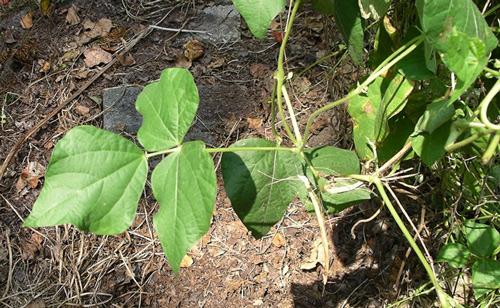Poison ivy has compound leaves; each leaf is composed of three leaflets. In each set of leaflets, the middle leaflet has a longer stem than the two side leaflets. The stem on the side leaflets can be so small as to be almost invisible. The stems of the two side leaflets are always directly opposite of each other.

Along the main stem/vine, the sets of three leaflets are never directly opposite to each other; they have an alternate arrangement. The veins of each leaflet are generally alternate along the main vein. In the photo below, one can see an old hairy poison ivy vine as well as a younger vine without hairs.

In early spring, poison ivy, Virginia creeper, and Japanese honeysuckle (invasive) can be confused. Both poison ivy and Virginia creeper can be shiny when young.

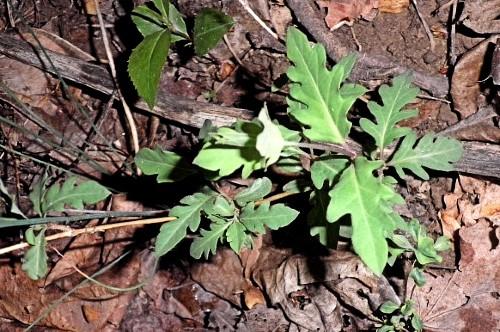



What is NOT poison ivy

Above are boxelder seedlings, which can look very much like poison ivy with compound leaves with three leaflets. However, notice the leaflets are arranged on the stem opposite from each other, not alternately like poison ivy.
Indian strawberry has serrated leaflet edges. The edges of poison ivy can be somewhat jagged but are not serrated.

Brambles (blackberries, raspberries) have prickles on the stems, which poison ivy never has. The leaflet edges also have finer serrations than poison ivy.
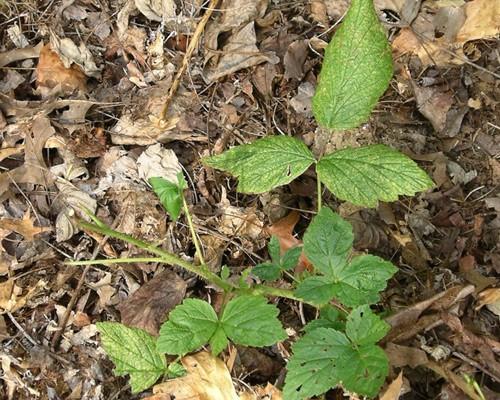
The stem of the center leaf of Jack-in-the-pulpit is almost non-existent, whereas the center leaflet of poison ivy has a definite stem.
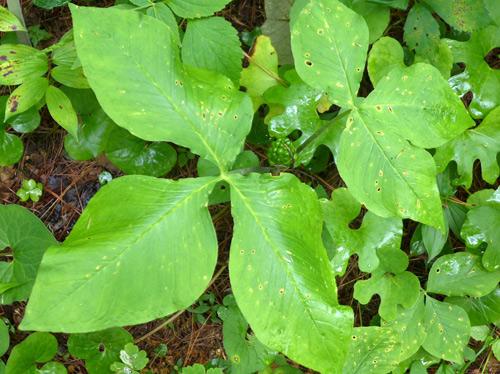
Clematis leaf veins are more curved than poison ivy and the leaves are opposite along the main stem.
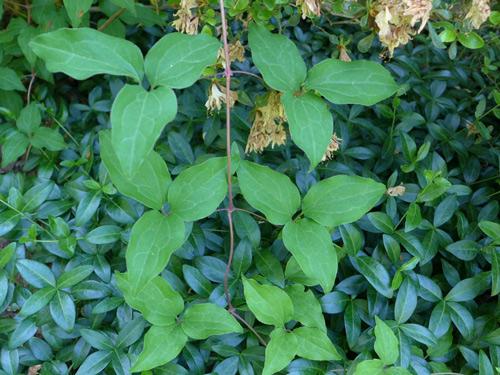
Bean upper surfaces tend to be very slightly fuzzy. Poison ivy upper surface is never fuzzy and has a slightly waxy appearance. Note the difference in venation in bean and poison ivy. Beans have fewer veins from the main central vein.
